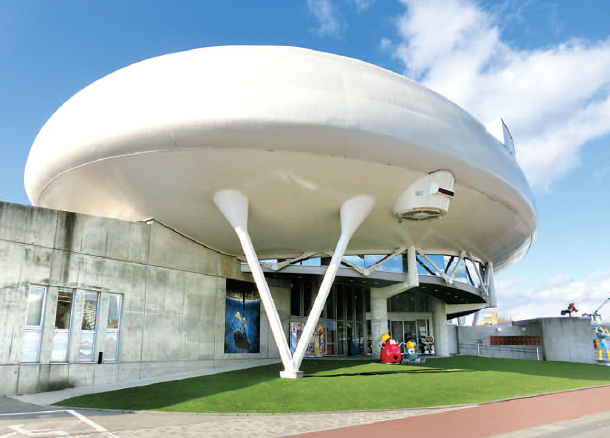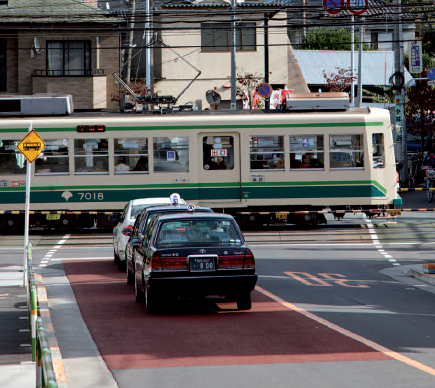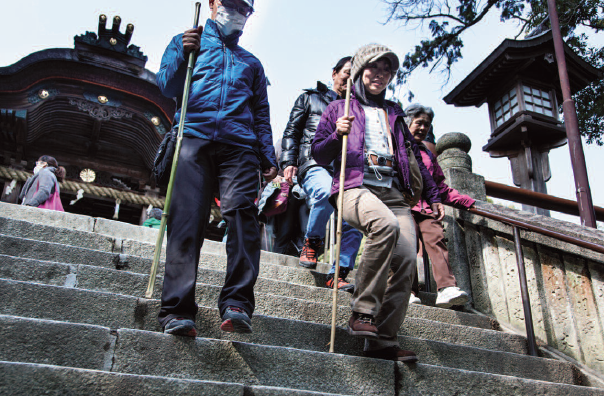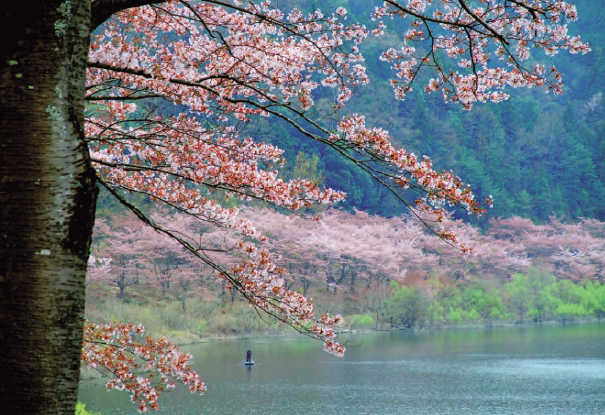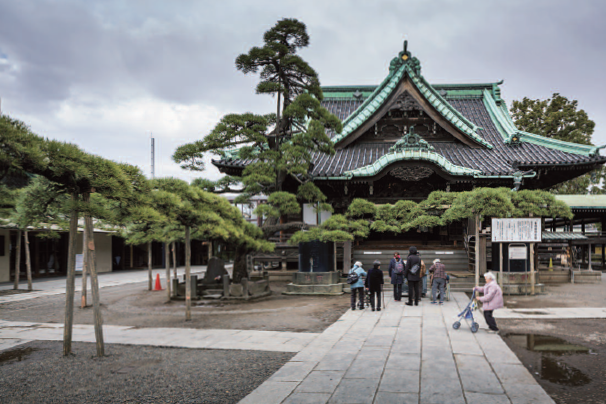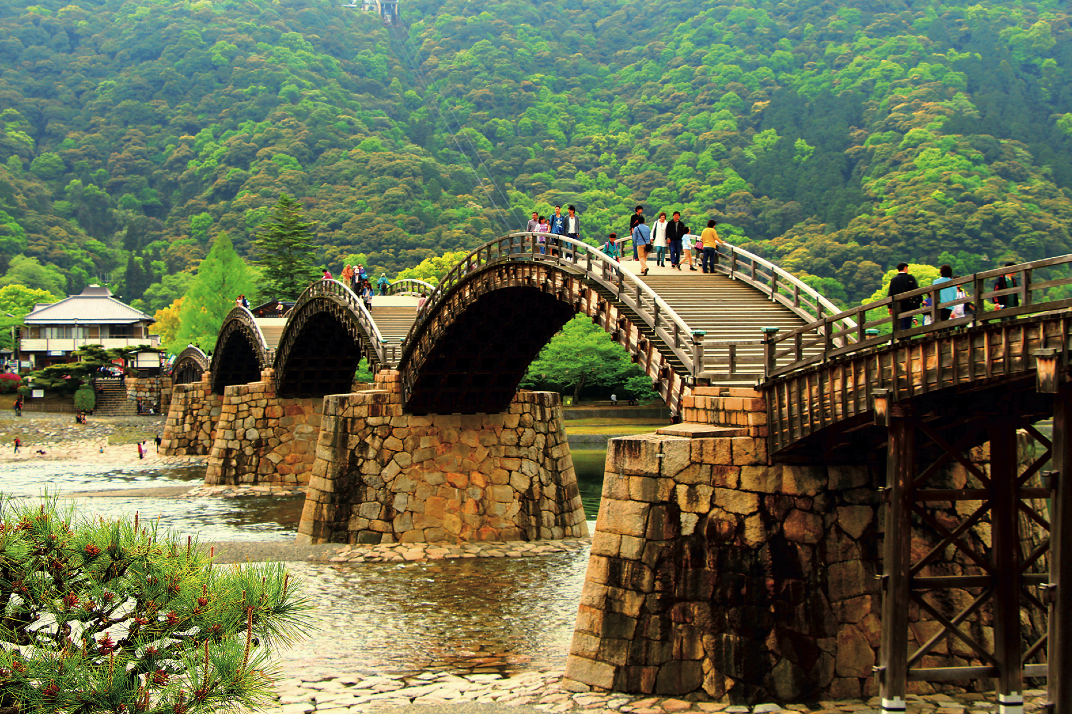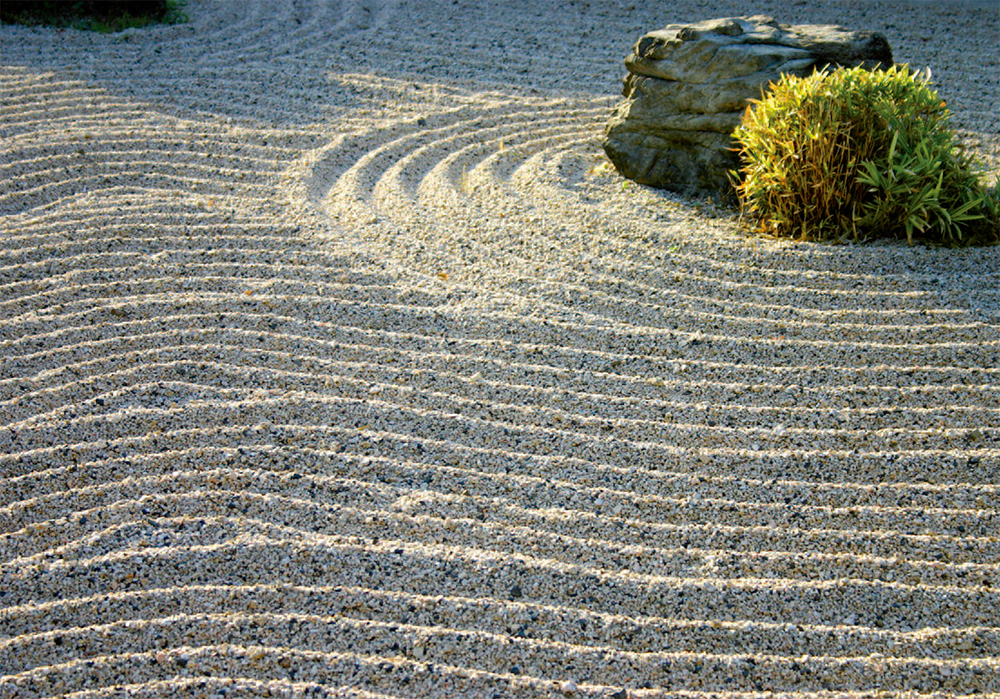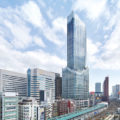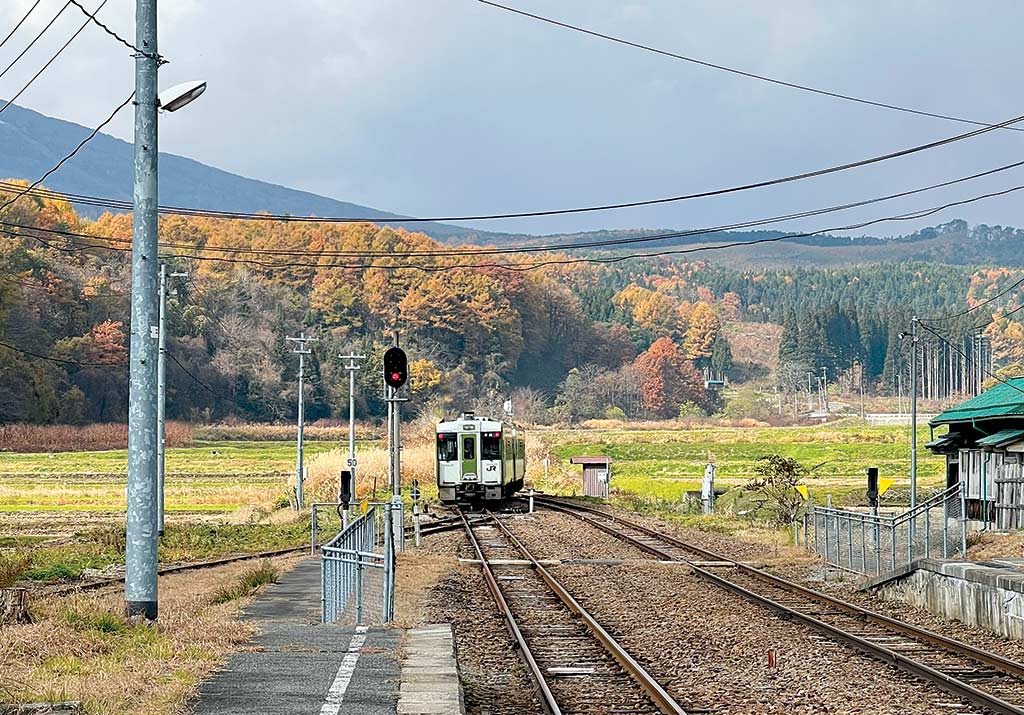

Odaira Namihei for Zoom Japan
Among its many attractions, this north-eastern prefecture is home to some very interesting small museums.
Japan is a two-speed country. On the one hand, there is the Shinkansen (high-speed Bullet train) with the countryside flashing past at almost 300km/h. On the other hand, there are the little railway lines, which allow you to take your time to observing the scenery passing by at a leisurely pace through their large windows. In Iwate Prefecture, situated in the northeast of the Archipelago, both of these modes of transport are available. The Tohoku Shinkansen from Tokyo takes just over two hours to travel to Morioka, the capital city of Iwate, but also travels to Ichinoseki, Kitakami, Shin-Hanamaki, Iwate-Numakunai, Ninohe and Mizusawa-Esashi. This very rural region is so well served in terms of high-speed rail services that it even attracts foreign tourists, who are always pressed for time, as there are many attractions to enjoy. The most famous of these, Hiraizumi, was listed as a UNESCO World Heritage Site in 2011. The magnificent temple complexes of Chuson and Motsu both helped it achieve listed status. They are accessible on foot from Hiraizumi Station on the JR Tohoku main line, the regular line running parallel to the high-speed line. The trains offer superb views across the Japanese countryside, which is mostly composed of rice fields whose colours change with the seasons. The poet Miyazawa Kenji was born in Hanamaki and spent a large part of his life in this region. He knew it well and often wrote about it. He was also an agronomist and an influential figure both in Iwate and throughout Japan.
He is not the only one. Other people of considerable historical importance in Japan have come from Iwate Prefecture, though the majority of Japanese people might not have heard about them. It has to be said that the history of Japan in the first half of the 20th century, though of great significance for the country, is not well known in the West. At the end of the previous century, Japan was undergoing a radical transformation aimed in particular at catching up with the West so as not to suffer the unenviable fate of its Chinese neighbour. It was undergoing the process of imperial expansion in Asia, while at the same time gradually becoming immersed in an unprecedented internal political crisis. Both these situations ultimately cost the country dear at the end of the Second World War, to which it had largely contributed.
In Mizusawa, which can be reached by Shinkansen (Mizusawa-Esashi station) or by the JR Tohoku main line from Morioka, the contemporary history lover has the opportunity to learn a lot about this turbulent time in Japan as two key people of this period were born in the city: Goto Shinpei and Saito Makoto. The former, a doctor by training, was one of the architects of Japanese expansion in Taiwan after 1895 and in Manchuria a few years later. With Japan’s victory against China at the conclusion of the war in 1894, Tokyo gained possession of Taiwan and went on to transform the territory into a laboratory for its colonisation policy, which it would carry out in the Korean Peninsular and then in north-eastern China. Goto, who served as a doctor during the war, came to the attention of the governor of Taiwan and was appointed as head of civilian affairs. In this post, he developed a settlement policy that took into account the local population while insisting on the introduction of modern technology, in particular railways, of which he was to be one of the main architects. This approach led to his promotion in 1906 to the position of first director of the South Manchurian Railway Company (Mantetsu) before taking on governmental responsibilities in Tokyo in the field of communications and railways.
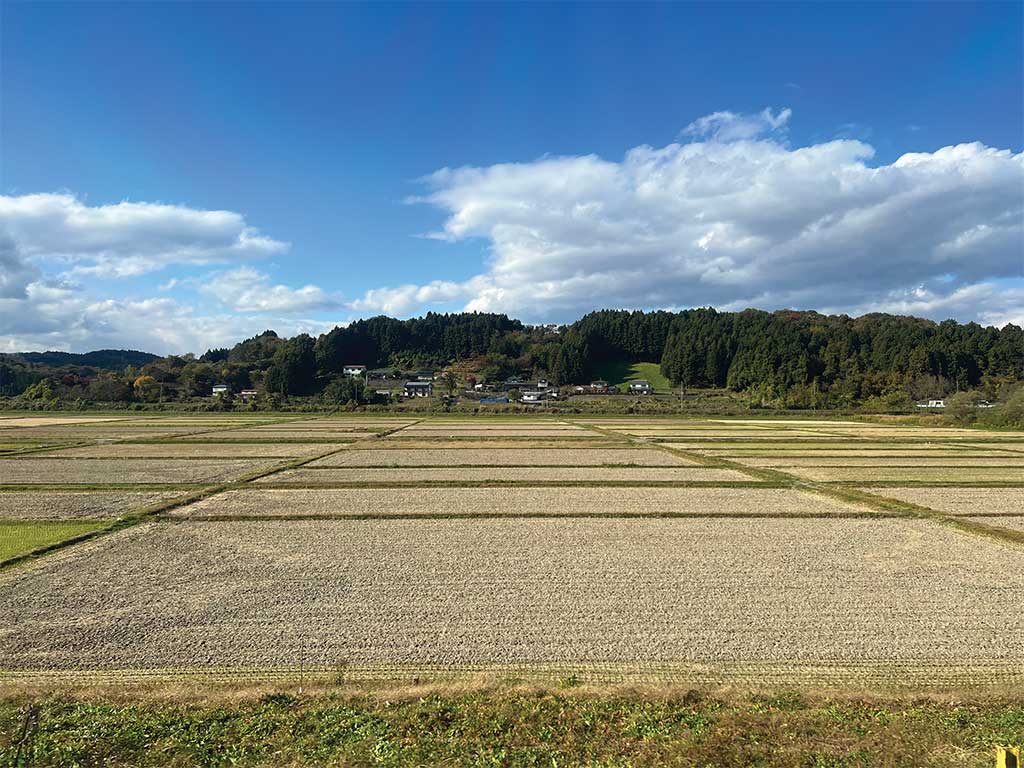
Odaira Namihei for Zoom Japan
The museum dedicated to Goto in Mizusawa gives visitors an idea of the importance of his contribution to the country’s modern history, especially, since aside from his influence in Japan’s expansionist strategy, the Japanese are indebted to him for his contribution to the reconstruction of their capital, which was destroyed in large part by the terrible earthquake of 1st September 1923. He was impressed by the way Baron Haussmann had reconstructed Paris during the Second French Empire. He tried to adopt a daring approach to the expropriation of property based on the Parisian experience, but faced fierce opposition from landowners. Despite everything, he succeeded in establishing a large part of the network of major roads still in use in Tokyo to this day. This explains why the inhabitants of Mizusawa are proud of the city’s progeny who ultimately left an important mark on the country’s history even if their efforts contributed to dragging the country into a spiral of war. The museum places little emphasis on this aspect, but offers an interesting insight into this period of Japan’s modern history. As is often the case, the main drawback is the museum’s complete lack of signage in any other language apart from Japanese. Nevertheless, the photographic material makes it possible to follow Goto’s life and appreciate his far reaching influence. About 300 metres away from the museum, on the path that leads to the museum dedicated to Saito Makoto, you can visit the modest house where Goto was born.
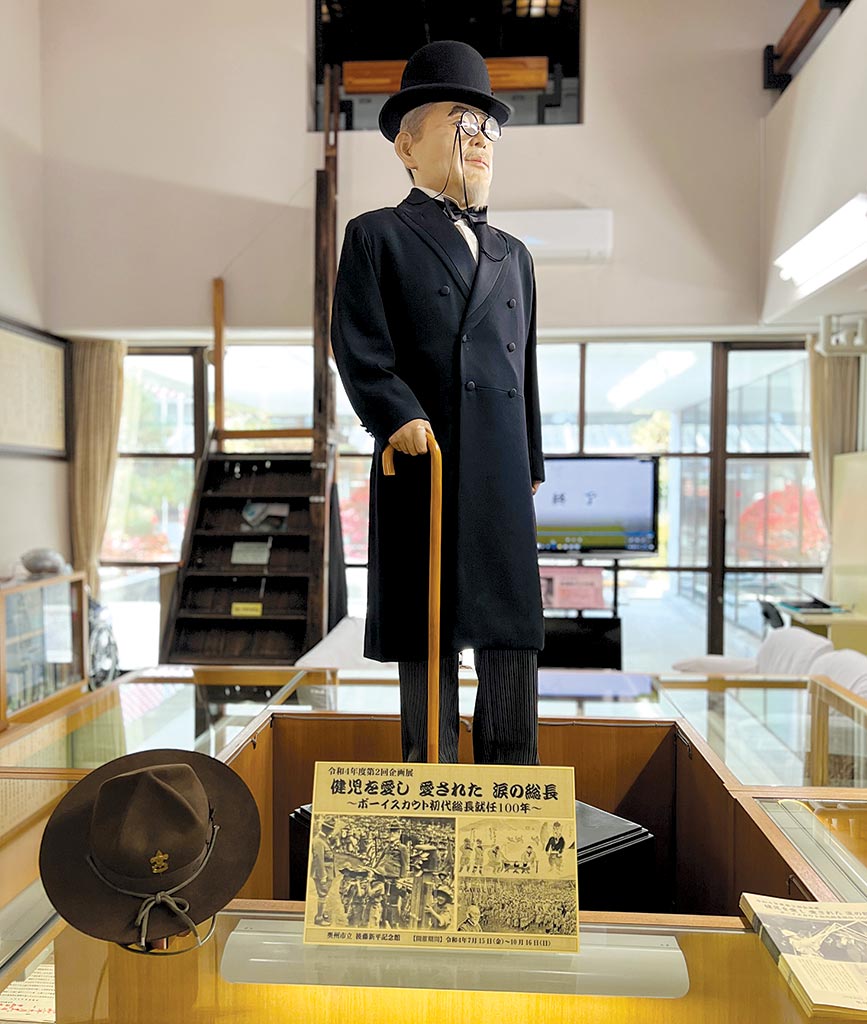
Odaira Namihei for Zoom Japan
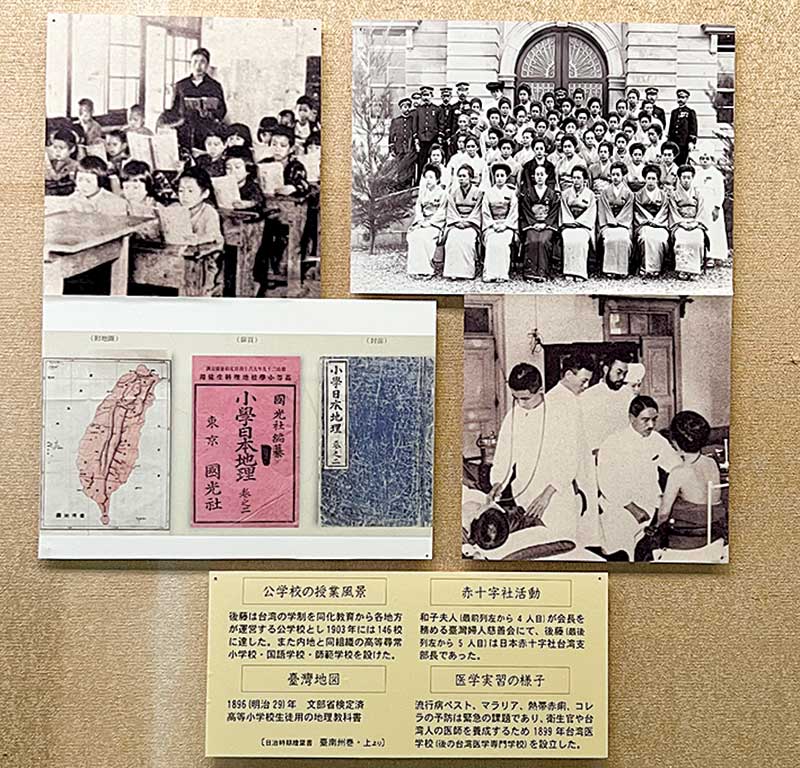
Odaira Namihei for Zoom Japan
Continuing straight ahead, the visiter comes to the entrance of a small car park which, on the right, leads to the entrance of a museum dedicated to the former naval admiral who became a statesman. While Governor General of Korea from 1919 to 1927 and from 1929 to 1931, Saito Makoto also took part in the Japanese expansionist policy in Asia. The museum does not dwell on this aspect of his life. Visitors are greeted by a full-length portrait of the future Privy Councillor to the Emperor and the trunk that accompanied him to Geneva in 1927 to attend the disarmament conference. Regarded as a man of compromise, he became Prime Minister from 1932 to 1934 during a particularly tumultuous period when governments did not last very long. His was one of the longest, but that did not prevent him from having to resign after yet another scandal. He became Lord Keeper of the Privy seal in 1935, an important imperial position, and was assassinated during the attempted coup d’état of 26th February 1936. The museum displays many items related to this tragic episode, which contributed to strengthening the role of the military in political life. A year later, Japan set out to conquer China, then attacked the United States in 1941. The museum does not mention it, but thanks to this journey through time in Mizusawa, visitors know that it is worth a detour to visit Iwate Prefecture to awaken and delight the historian in us all.
Gabriel Bernard

